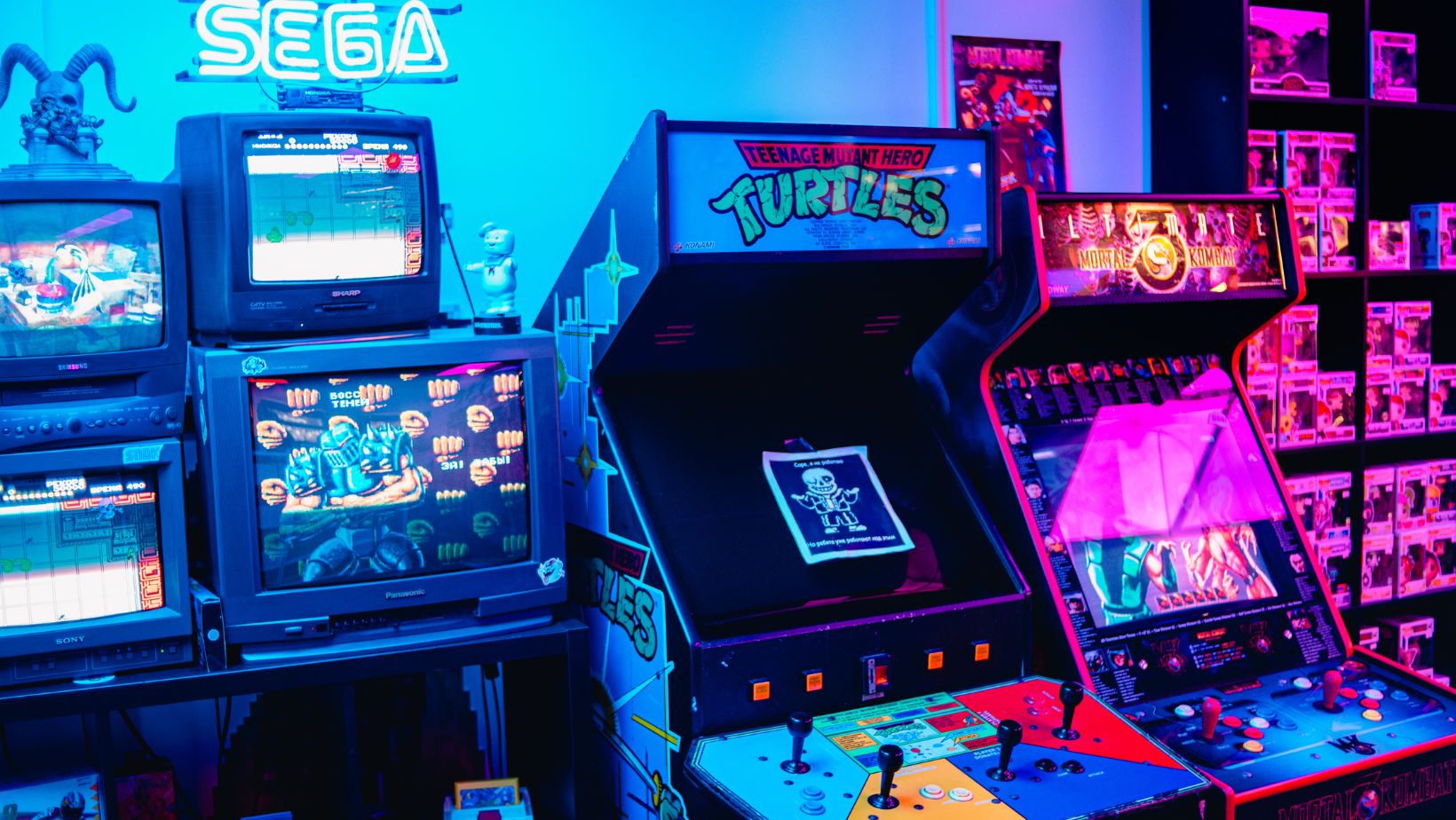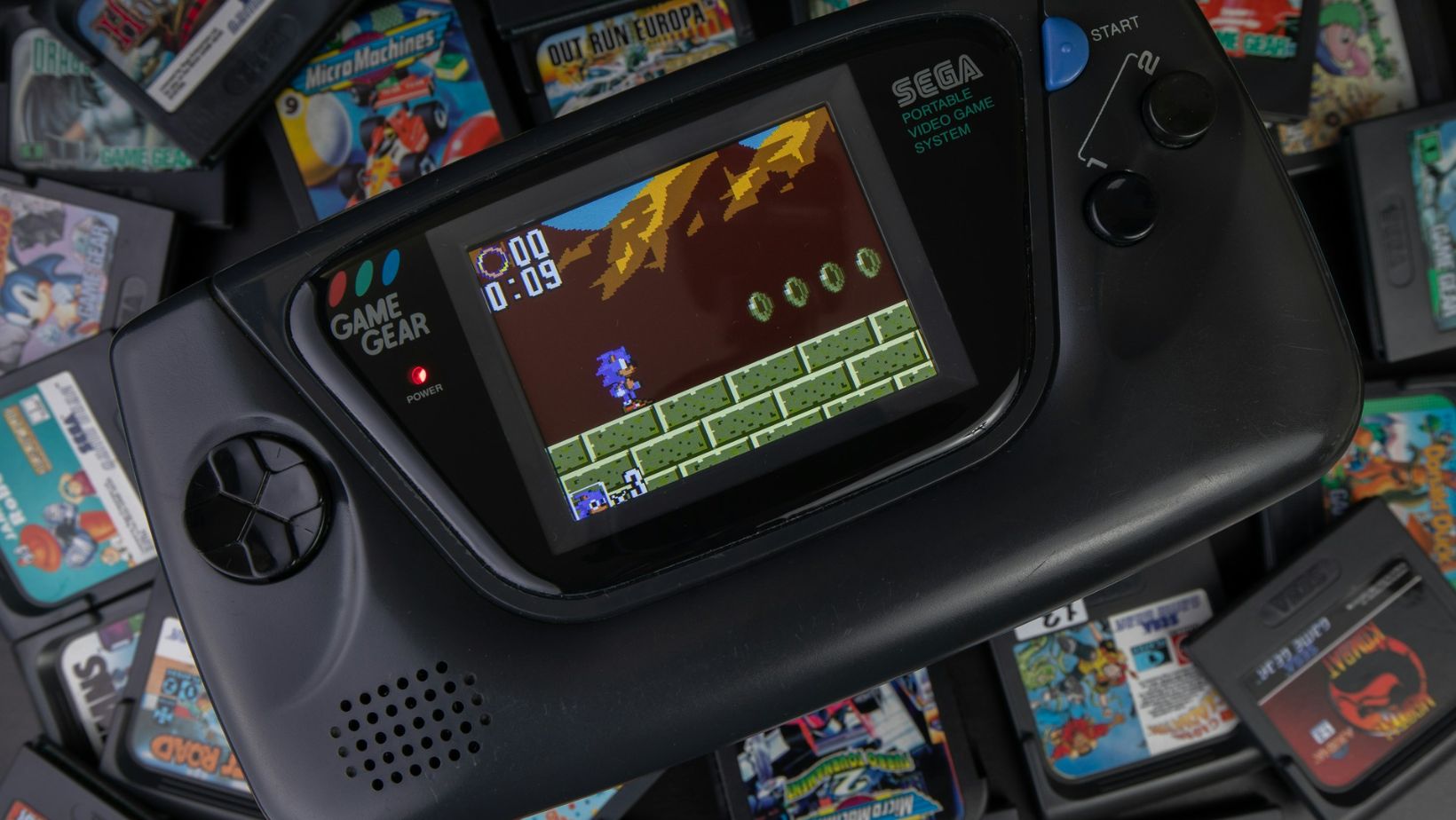
In recent years, there has been a significant resurgence in the popularity of retro gaming. Classic games from the 80s and 90s are being celebrated once again, attracting both veteran gamers and a new generation of players. This revival is driven by a mix of nostalgia, accessibility, and the timeless appeal of simple yet engaging gameplay.
Nostalgia and the Desire for Simpler Times
One of the primary drivers behind the retro gaming revival is nostalgia. Many gamers who grew up in the 80s and 90s are now adults with disposable incomes, seeking to relive the simpler times of their youth. These classic games evoke powerful memories of childhood, providing a comforting escape from the complexities of modern life. The pixelated graphics, chiptune music, and straightforward gameplay mechanics offer a stark contrast to the hyper-realistic, often complicated nature of contemporary games.
Furthermore, the cultural impact of these classic games cannot be underestimated. Titles like “Super Mario Bros.,” “The Legend of Zelda,” and “Sonic the Hedgehog” were not just games; they were cultural phenomena that shaped the childhoods of millions. The opportunity to revisit these beloved classics is a powerful draw for many gamers, just like visiting gameland.gg.
Accessibility and the Role of Modern Technology
The accessibility of classic games has greatly improved, thanks to advancements in modern technology. Many retro games are now available on various platforms, including PCs, consoles, and mobile devices. This accessibility is facilitated by digital distribution platforms like Steam, GOG, and the Nintendo eShop, which offer a wide selection of classic titles. Moreover, the advent of mini-consoles, such as the NES Classic Edition and the Sega Genesis Mini, has made it easier than ever for gamers to enjoy retro games in their original form.
Emulators have also played a significant role in the retro gaming revival. These software programs allow players to run classic games on modern hardware, preserving the original experience. Emulators have made it possible for rare and obscure titles to be played again, ensuring that these games are not lost to time.
The Timeless Appeal of Classic Gameplay
Another reason for the resurgence of retro gaming is the timeless appeal of classic gameplay. Many older games focus on simple yet challenging mechanics that are easy to learn but difficult to master.

This “easy to pick up, hard to put down” quality is a hallmark of classic games, offering a satisfying gaming experience that transcends generations.
In contrast, modern games often emphasize complex narratives, detailed graphics, and extensive open worlds. While these elements have their merits, they can sometimes overwhelm players who long for the straightforward joy of classic gaming. The appeal of a quick game of “Tetris” or a run through “Mega Man” lies in their ability to provide immediate gratification without the need for extensive time investment.
The Influence of Indie Developers
Indie developers have also contributed to the retro gaming revival by creating new games that pay homage to classic titles. Games like “Shovel Knight,” “Celeste,” and “Stardew Valley” draw heavily on the aesthetics and mechanics of older games while introducing modern innovations.

These titles have been praised for capturing the spirit of classic gaming, appealing to both nostalgic players and newcomers alike.
Conclusion: A Bright Future for Retro Gaming
The retro gaming revival shows no signs of slowing down. As technology continues to evolve, the ways in which we experience classic games will only expand. Whether through emulators, mini-consoles, or indie titles that celebrate the past, the love for retro gaming endures. The combination of nostalgia, accessibility, and timeless gameplay ensures that classic games will remain a cherished part of the gaming landscape for years to come.

 In recent years, there has been a significant resurgence in the popularity of retro gaming. Classic games from the 80s and 90s are being celebrated once again, attracting both veteran gamers and a new generation of players. This revival is driven by a mix of nostalgia, accessibility, and the timeless appeal of simple yet engaging gameplay.
In recent years, there has been a significant resurgence in the popularity of retro gaming. Classic games from the 80s and 90s are being celebrated once again, attracting both veteran gamers and a new generation of players. This revival is driven by a mix of nostalgia, accessibility, and the timeless appeal of simple yet engaging gameplay.








